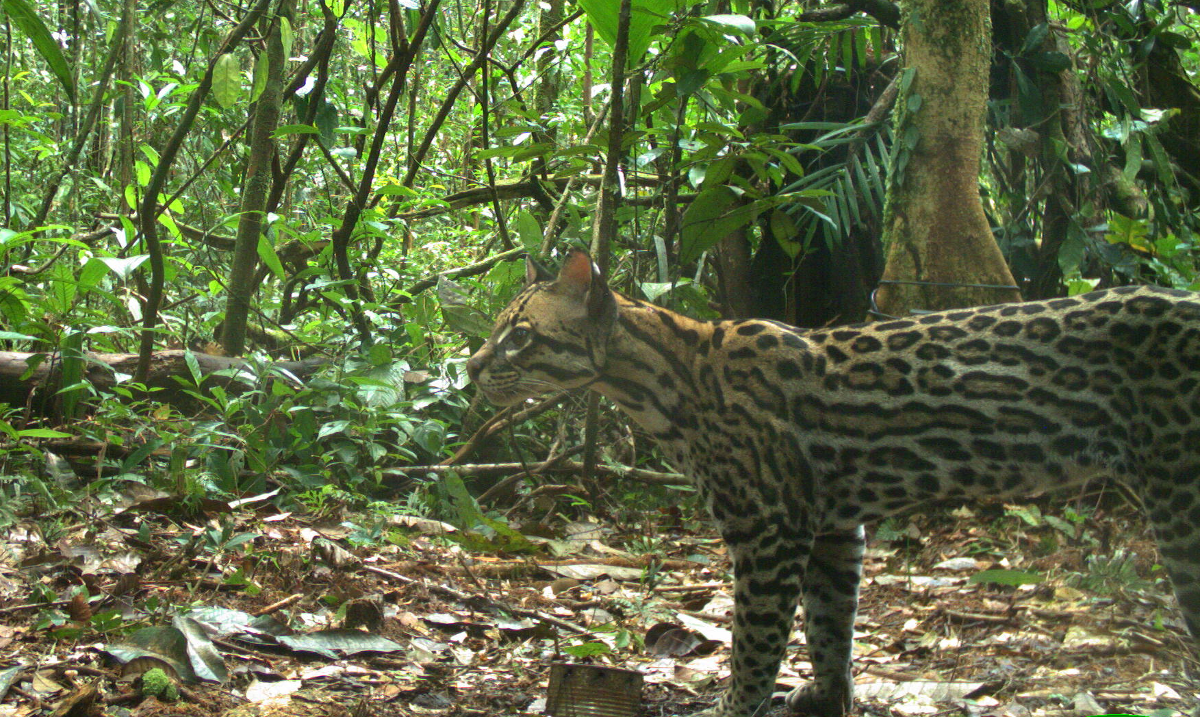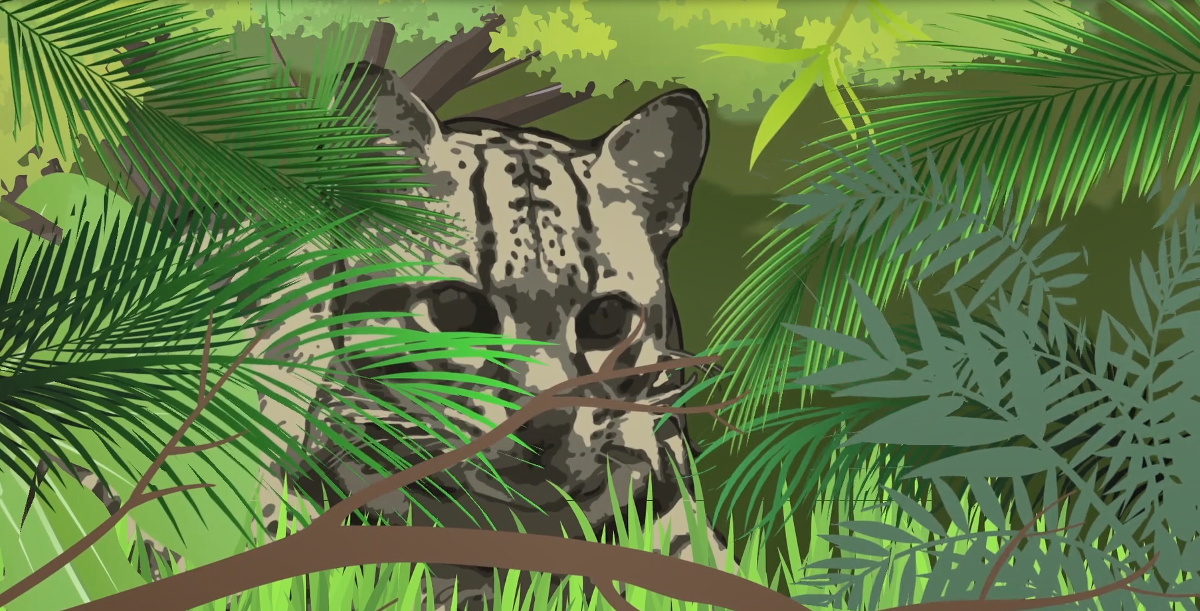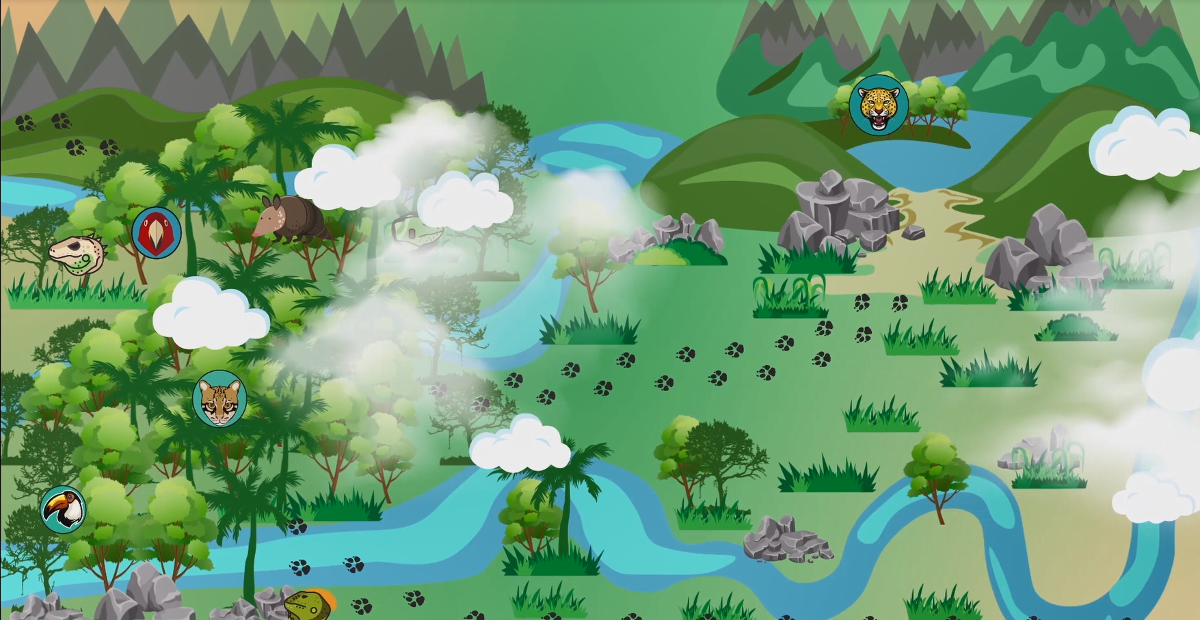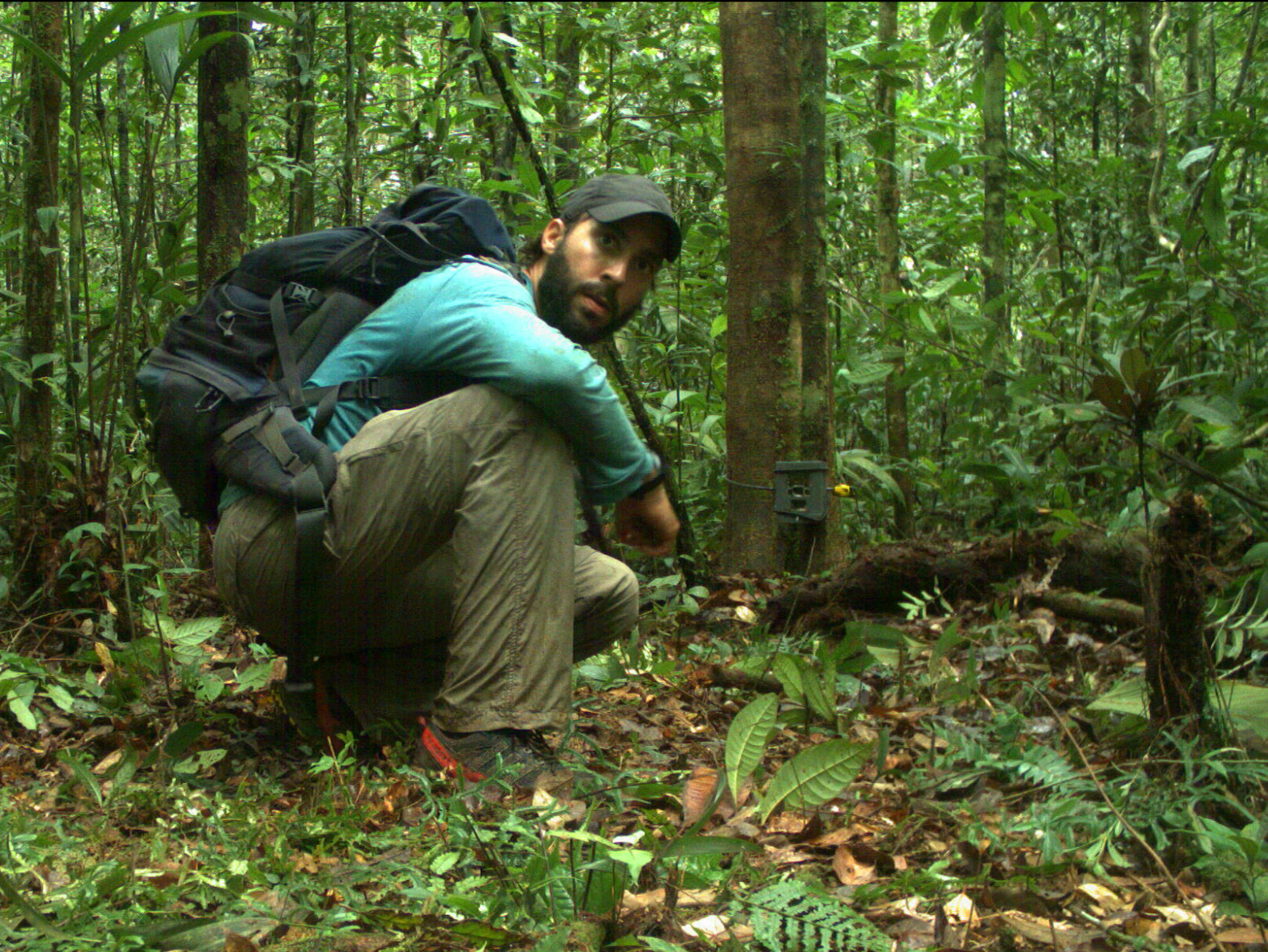News
Habitat use of the understudied ocelot in Brazilian Amazon basin using the species largest known dataset
Amazonia rainforest, a mysterious and wonderful land, supports more than half of the worlds’ species of plants and animals and also plays a major role in providing ecosystem services for human and sanctuaries for wildlife. Unfortunately, ongoing deforestation and habitat fragmentation, for social-economic reasons, are threaten these forest dwellers and their livelihood.


The ocelot is an ecological important medium-sized predator and a conservation ambassador species, yet there are no previous studies on its habitat preference and spatial patterns in this biome. Led by Bingxin Wang, the WildCRU team collaborated with researchers from different institutes based in Brazil, collating the largest known dataset for this species at twelve different sites.

Bingxin Wang is one of the WildCRU’s Diploma Panthers in 2017. She analyzed the dataset with occupancy modelling and was supervised by Dr. Cedric Tan and advised by Daniel G. Rocha (WildCRU Panthers, 2016). The research, published in Ecology and Evolution (at https://doi.org/10.1002/ece3.5005), discovered the ocelot’s preference for forest cover and higher elevation and a dislike of roads, settlements, steep slopes and rivers. These findings shed light on the home preferences of ocelots which are valuable information for conservation management and land‐use planning.

Our beautiful short animation showcases this research and what you can do to help protect the Amazon rainforest (https://youtu.be/RunyPlYxun8).










